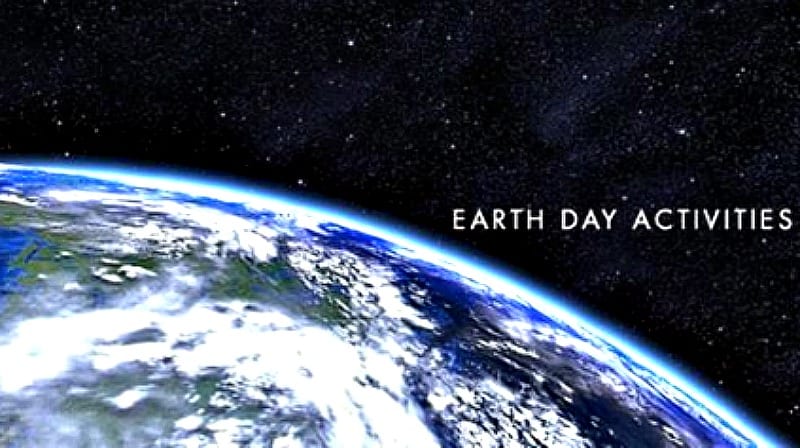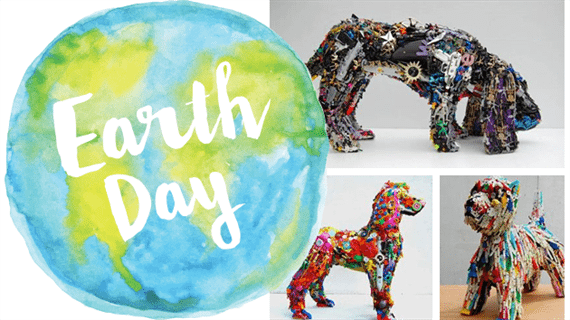Celebrate Earth Day all month with these five engaging and collaborative Earth Day math and science integrated activities.
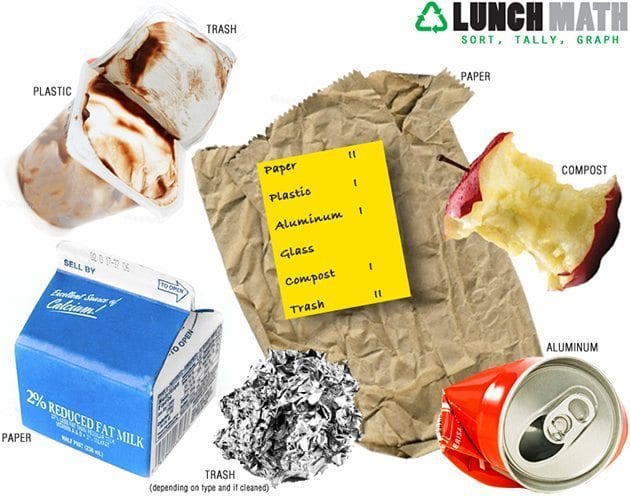
1. Lunch Math
Before Earth Day:
Invite students to organize, represent, and interpret their lunch into data! Before throwing their lunch away, students sort it into categories (paper, plastic, aluminum, glass, compost, trash). They tally how many they have of each item. Then, as a class, create a graph of all of the materials that were found in their lunch.
Which material was most commonly found in their lunches? Was this material recyclable? If not, could they generate a solution to minimize the trash in their lunch? Is their a place to throw recyclables and compost in their cafeteria? What can they do about it?
Earth Day:
To celebrate Earth Day have a Trash-Less, Waste-Free Lunch Party! Challenge students to bring in a lunch that does not have any item that needs to be thrown away or even tossed in a recycle bin! Can they do it?
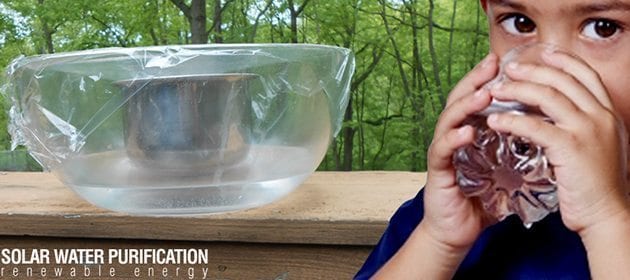
2. Solar Water
Investigate renewable energy, while exploring the water cycle! Students magically turn salt water into fresh water with the help of solar energy!
How to:
1. Pour 2 cups of water into a large bowl.
2. Mix 3 tsp of salt into the water. Taste the water, it’s super salty!
3. Place a small empty bowl or cup inside of the larger bowl.
4. Cover with plastic wrap and place outside in the sun.
5. Either place a rock on top of the bowl or secure the wrap with a rubber band (to keep plastic wrap tightly secured on the bowl).
6. Keep the bowl outside for 1 to 3 days (until you get enough purified water into your small bowl to taste).
Compare the water in the larger bowl to the water in the smaller bowl. Do you taste the difference?!
What’s happening?!
The sun’s rays will heat the water, causing it to evaporate!
Salt is too heavy to evaporate; so, it stays in the larger bowl.
Condensation will occur, creating water droplets on the plastic wrap. Gravity makes the large droplets drip into the “collection container” (your small bowl) – creating fresh water!
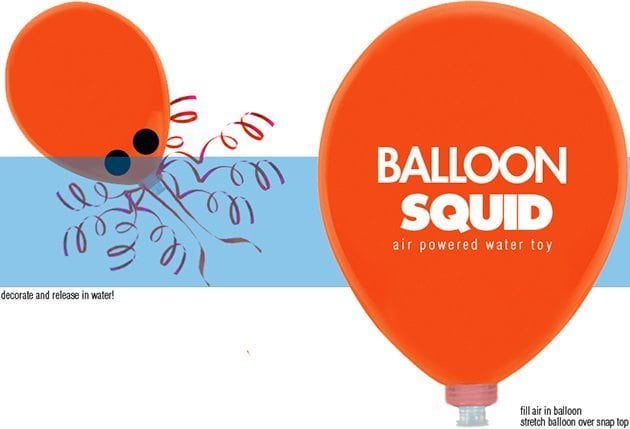
3. Wind Powered Balloon Squid
Explore the power of air and wind energy by constructing a balloon squid to play with in the pool! Estimate the distance you think your squid can swim. Then, measure the actual distance he travelled. Build more than one and have a balloon squid race!
Materials: balloon, snap top from water bottle, ribbon, sharpie
Click here for how to instructions from Monkey See Monkey Do!
Click here to learn how to make an air powered balloon boat!
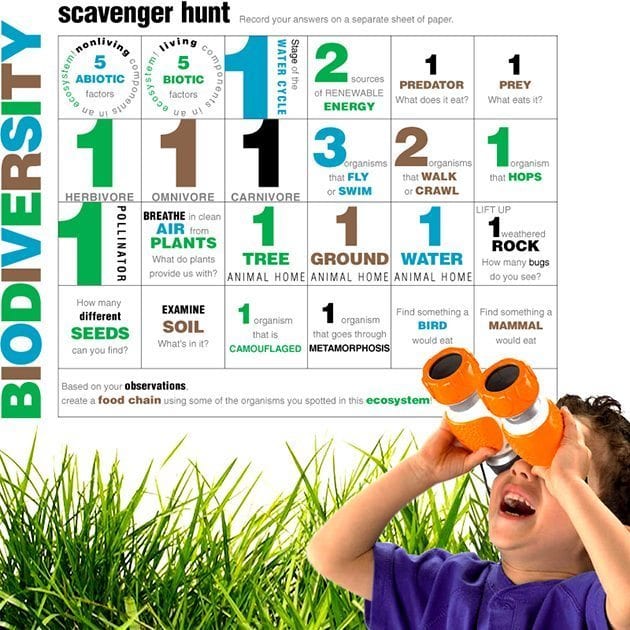
4. Biodiversity Scavenger Hunt
Students hunt for abiotic and biotic factors in their backyard (or school yard). Then, based on their observations, they create a food chain or web to represent what they discovered in the ecosystem they explored! Click here for the printable.
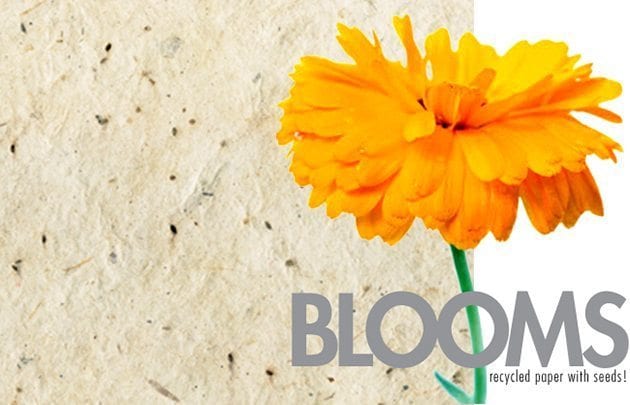
5. Blooms Recycled Paper
Making paper out of recycled newspaper and old paper scraps is a great way to show kids how to be greener. For some extra fun and to be even greener, add flower seeds to your paper solution. When the paper dries, kids can plant their paper and watch their seeds grow.
Materials: window screen/ frame, scraps of paper, water, blender, deep container (larger than screen), flower seeds
How to:
1. Let all your scraps soak in water overnight
2. Next, blend scraps in a blender
3. Pour the scraps out and add water in a large, deep container
4. Add flower seeds (Marigolds work really well)
5. Dip your screen in and lift up
6. Leave paper solution on the screen to dry overnight
7. Once paper is completely dry, pull off of screen
8. Cut your paper into squares and give to kids to plant!
Plant your seeds in a cup, pot, or your backyard in soil. Make sure your seeds get plenty of sun and water.
